Masahisa Fukase is at once a legend and an enigma. Few artists’ archives are as confounding as his, which remained largely inaccessible after the photographer’s tragic tumble down the stairs of his favourite bar in 1992, leaving him in a coma for two decades. Since Masahisa’s death in 2012, his archive has been slowly disclosed, revealing a wealth of unseen material dealing with the themes of family, love, friendship, loneliness, depression, mortality and death — often simultaneously.
Masahisa’s compulsions to photograph the people he was close to was overwhelming, and eventually drove them away. But his feline friends turned out to be his most faithful. As early as 1978, he wrote: “In the 40 years I’ve been on this earth, cats have been following me around like a shadow. ‘Like a shadow’… It sounds rather photographic, doesn’t it?”
There was, however, a six-month spell in 1976 when Masahisa was cat-less. He phoned up a pal: “Don’t know of any good cats going begging, do you?” The next day, Masahisa was given a calico kitten who he named Sasuke (after the cartoon ninja). It was only 10 days before Sasuke vanished from Masahisa’s Tokyo apartment. “I put up about one hundred ‘Lost Cat’ posters around my neighbourhood, but he still didn’t come back.” Two weeks later, a woman rang up about a stray cat she found. They arranged a meeting (Masahisa had a “thank you” bottle of whiskey ready), but the cat wasn’t Sasuke. “I was devastated,” Masahisa recalled. “However, I’ve got such a soft spot for cats. I thought, oh well, let’s go with this guy anyway.”

No one photographed cats like Masahisa did. A new show at Purple gallery in Kyoto, called The Man Who Became A Cat, showcases vintage prints from a trilogy of cat-inspired series — Sasuke (1977–78), A Game (1982) and Berobero (1991) — mapping out the photographer’s feline affinities, which played out in increasingly conceptual ways. In fact, Masahisa’s early cat work has generated particular interest recently, courtesy of last year’s release of the book Sasuke. It’s a supreme and utterly enchanting collection of cat pics — less likely to elicit awwww than awe.
“It was hot in Tokyo,” Masahisa recalled in his diary. “I hopped on the Azusa Number 8 train and escaped to the relative cool of the Yamanashi countryside. This was Sasuke’s first trip away with me. He was rather quiet, maybe because he was nervous, but he didn’t need to relieve himself at all. Since he was so tiny, he rode for free.” Masahisa went on: “For a common cat like Sasuke, the mountain lodge was paradise… His face took on a taut, alert expression. I spent all my time playing with Sasuke, and taking shots of him. How tedious, you might think. But in 10 days, I managed to use up 60 rolls of film.”
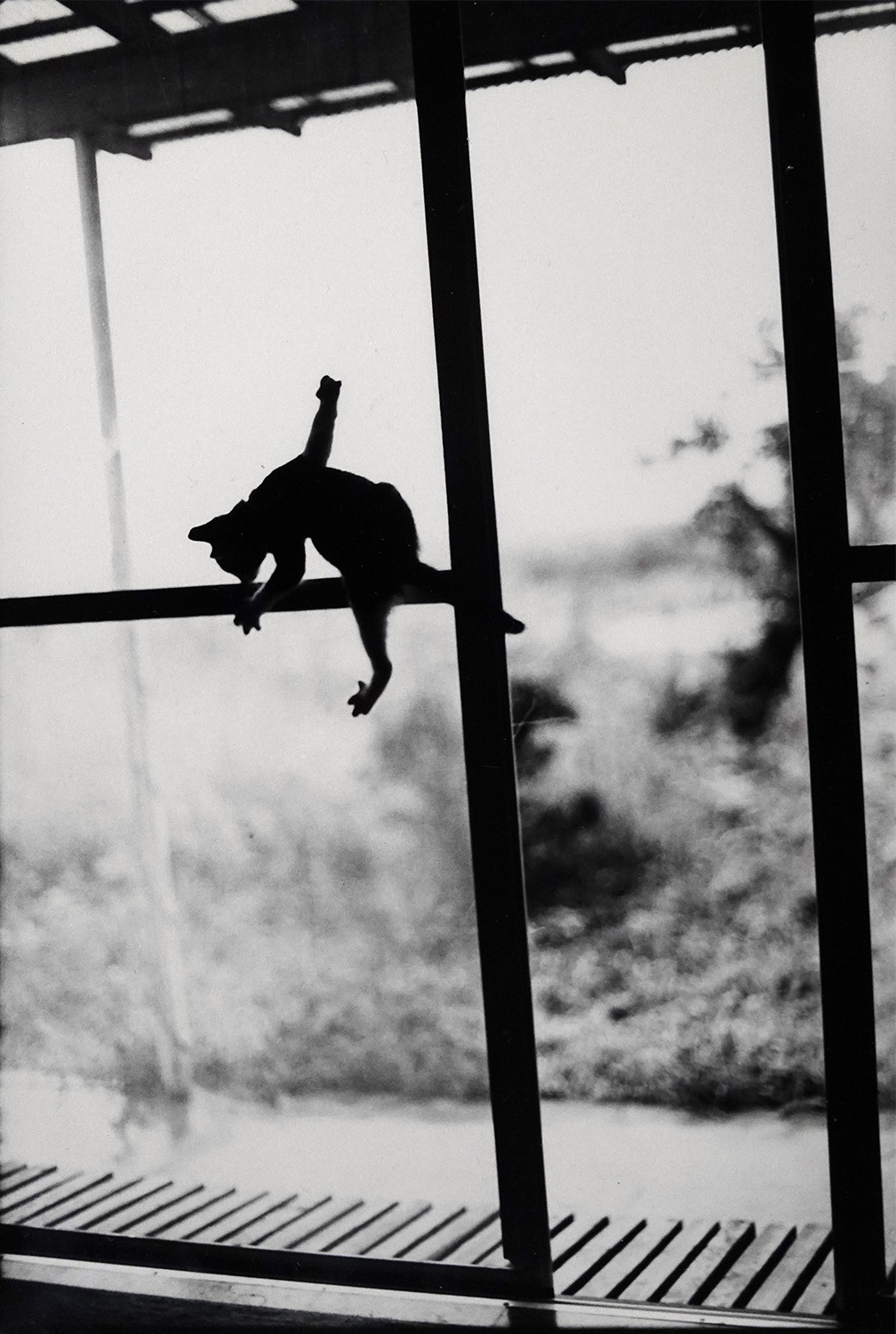
John Berger once wrote that animals promise “a companionship offered to the loneliness of man as a species”. Although a gulf divides us, “our” animals look at us the way no human ever will. There are moments in the book when the pathos in this relationship – one of trust, wonder and identification – is movingly present, particularly in the shots where Sasuke is so close that we can almost feel the tickle of his whiskers. Masahisa once admitted that he saw himself reflected in Sasuke’s shiny mad eyes, going on to refer to his cat pics as “self-portraits”. On one occasion, we even find Masahisa employing a POV angle, framing a photograph of pigeons just behind Sasuke’s pricked ears, as if he is the cat.
The book’s high point is the portfolio of cat yawns, stretched across some 30 pages. “Sasuke is a big yawner”, Masahisa attested. “In October, I decided to take shots of nothing else but him yawning. As he only yawns after he’s had a snooze, I had to bed him down, get him off to sleep, set up the shot, then wake him up, camera at the ready.” In one month, Masahisa amassed a mighty trove of yawn shots, which he was clearly proud of. “I wonder if any other photographer in the world has photographed as many cat yawns as I have!”
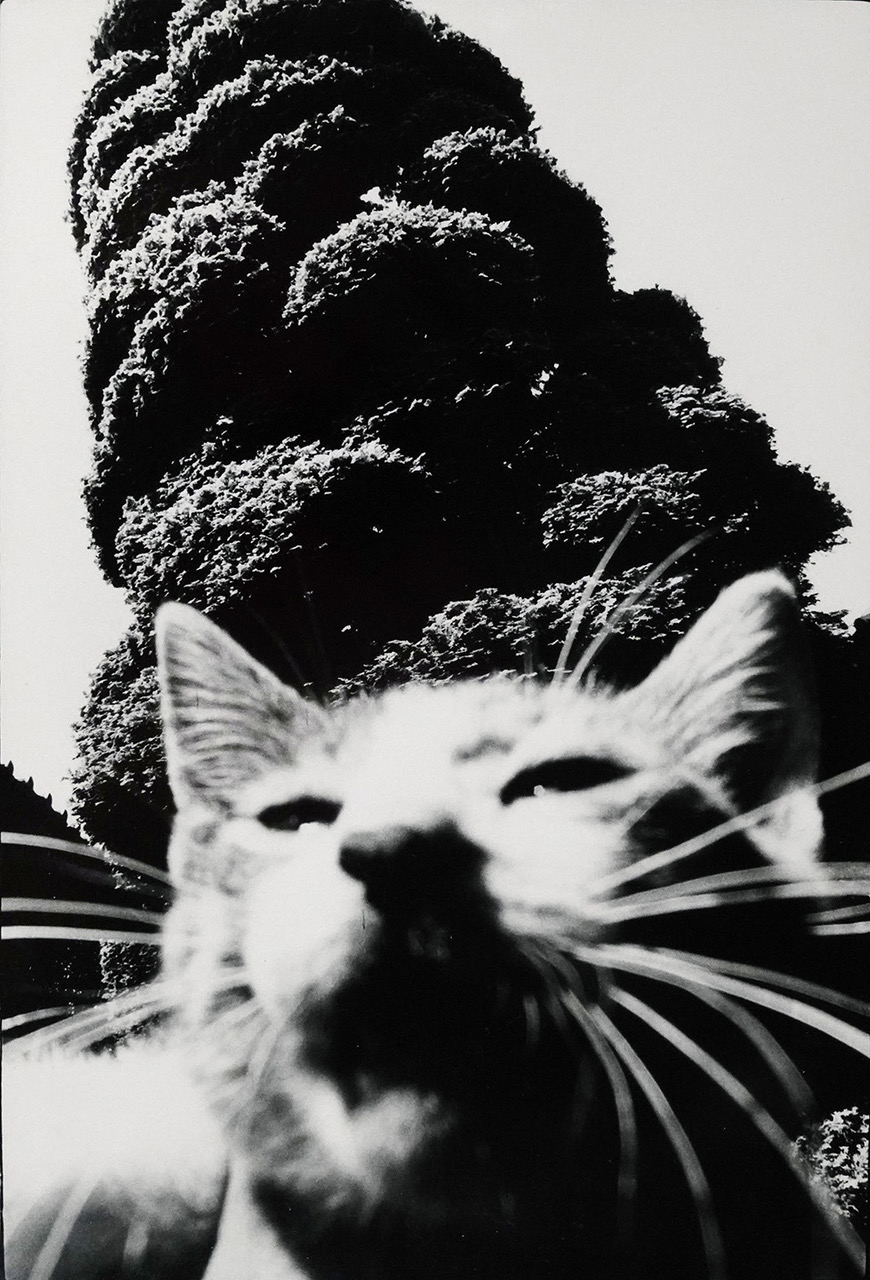
A niche feat, indeed. But there was also something very visceral at work when Masahisa witnessed those protruding tongues. Noting that Masahisa was undoubtedly aware of the extraordinary sensitivity of the cat’s organ, Tomo Kosuga, director of the Masahisa Fukase archive, writes in the book’s afterword: “It is of course impossible to know definitively whether Sasuke’s yawns were the only inspiration for Masahisa’s interest in the haptic possibilities of photography. Nevertheless, it seems reasonable to speculate that there was some sort of connection.”
What’s indisputable is that, for Masahisa, taking a photograph of something was the closest approximation to touching it (you could call it the tingling – the chiku-chiku – of the shutter snap). In fact, Masahisa once described his eyes as “tentacles”, entwining with “things”. When the Polaroid was brought to Japan in 1983, he affixed wool, string, feathers and push-pins onto a print of Sasuke with his mouth stretched in a huge yawn, and photographed his creation. It was part of A Game, an experimental series in which Masahisa probed photography’s tactile qualities. In a twin work from the series, Masahisa’s own face appears in a similar embellishment: an expression of total identification?
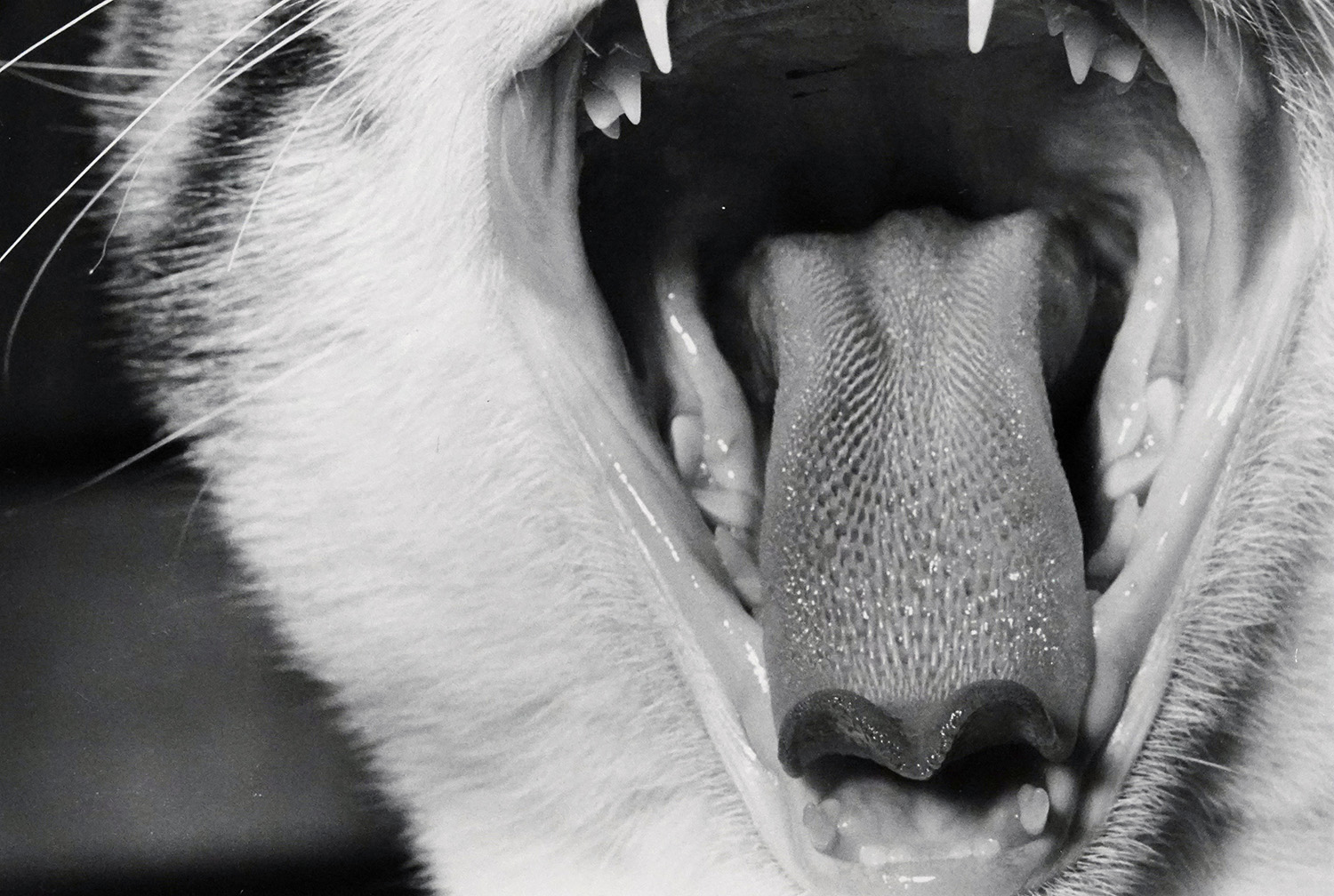
The most startling example of Masahisa’s merging of the visual and tactile is his series Berobero (an onomatopoeic word referring to the sound of tongue-sucking). It’s a strange set of proto-selfies in which Masahisa touches tongues with over 70 people – from famous peers like Daidō Moriyama, Ishiuchi Miyako and Nobuyoshi Araki to complete strangers – in bars around Shinjuku. These titillating interactions – which Masahisa later painted over in suggestive scratch-like strokes – demonstrate the concerns of the mature, and increasingly deranged, artist. Abandoning technical virtuosity, Masahisa wanted to explore the complicated terrain of self and other. “The sensation of the person looking and the sensation of the person being looked at are like the ends of their touching tongues,” Masahisa said. “The tongue is an extremely powerful sensual organ.”
Towards the end of his working life, Masahisa increasingly turned the camera on himself. Three months before his fatal fall, he staged a (now infamous) show presenting the tongue tickles of Berobero alongside two other selfie series from the early 90s: Bukubuku (morbid auto-portraits taken in the bathtub) and Private Scenes (introspective pictures of the photographer bearing witness to the sights of Tokyo streets). “I have included myself in all my photographs, in an almost pathological manner, to the point of feeling as if I have eyes in the back of my head,” Masahisa said in 1992. “Sometimes, I feel that the photographs would be better without my face in them, but I am unable to stop myself putting me into the photograph.”
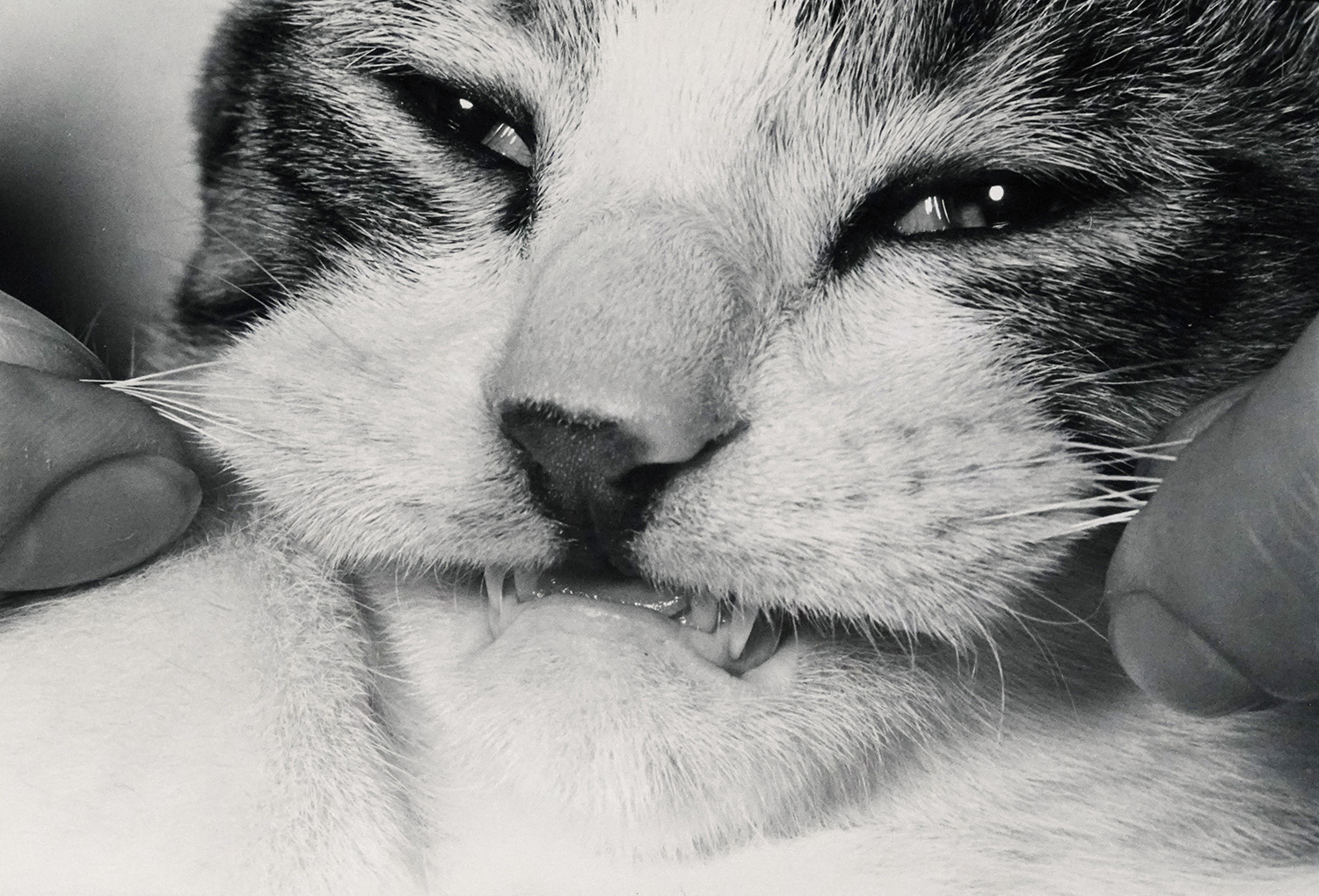
Obsessed with the fact that the “me who looks” is always the “me who is being looked at”, Masahisa used all of his subjects as a way of symbolising the nature of his own existence. This is what led his ex-wife Yoko to dub him an “incurable egoist”, seeking himself everywhere. But herein lies the genius of Masahisa’s solipsistic world. With wit, irony and a deep-seated melancholia, he made powerful statements about photography as an act of inescapable self-mirroring. And the interlocking of gazes, of tentacles, of tongues – all colluding within the wordless dialogue of the camera’s snap – can be charted back to his cat pics. As he wrote in 1978: “I spent so much time lying on my belly in an effort to get on the same level as a cat, that I became a cat.”
Masahisa Fukase, The Man Who Became A Cat, runs at Purple, Kyoto until 7 June 2022.
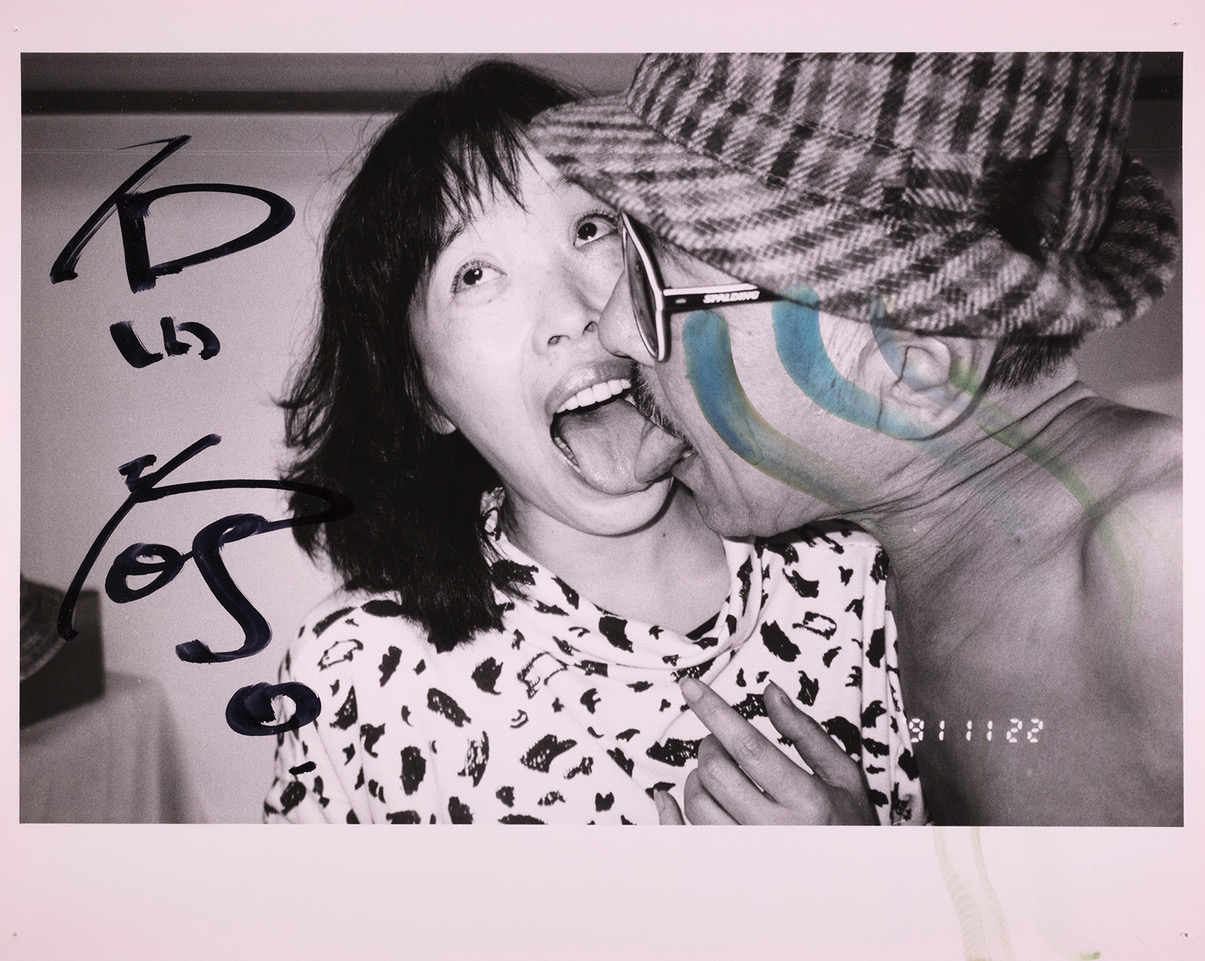
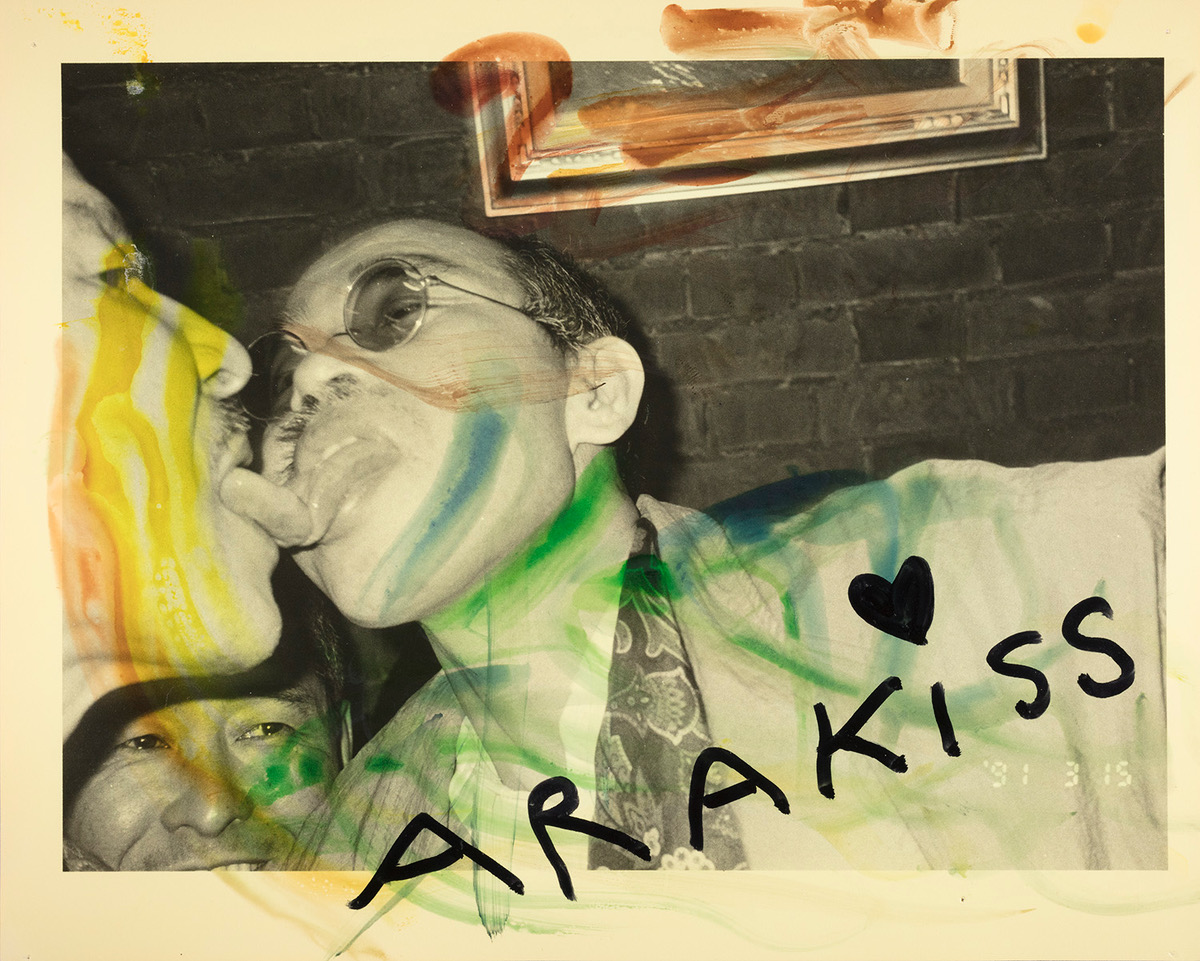
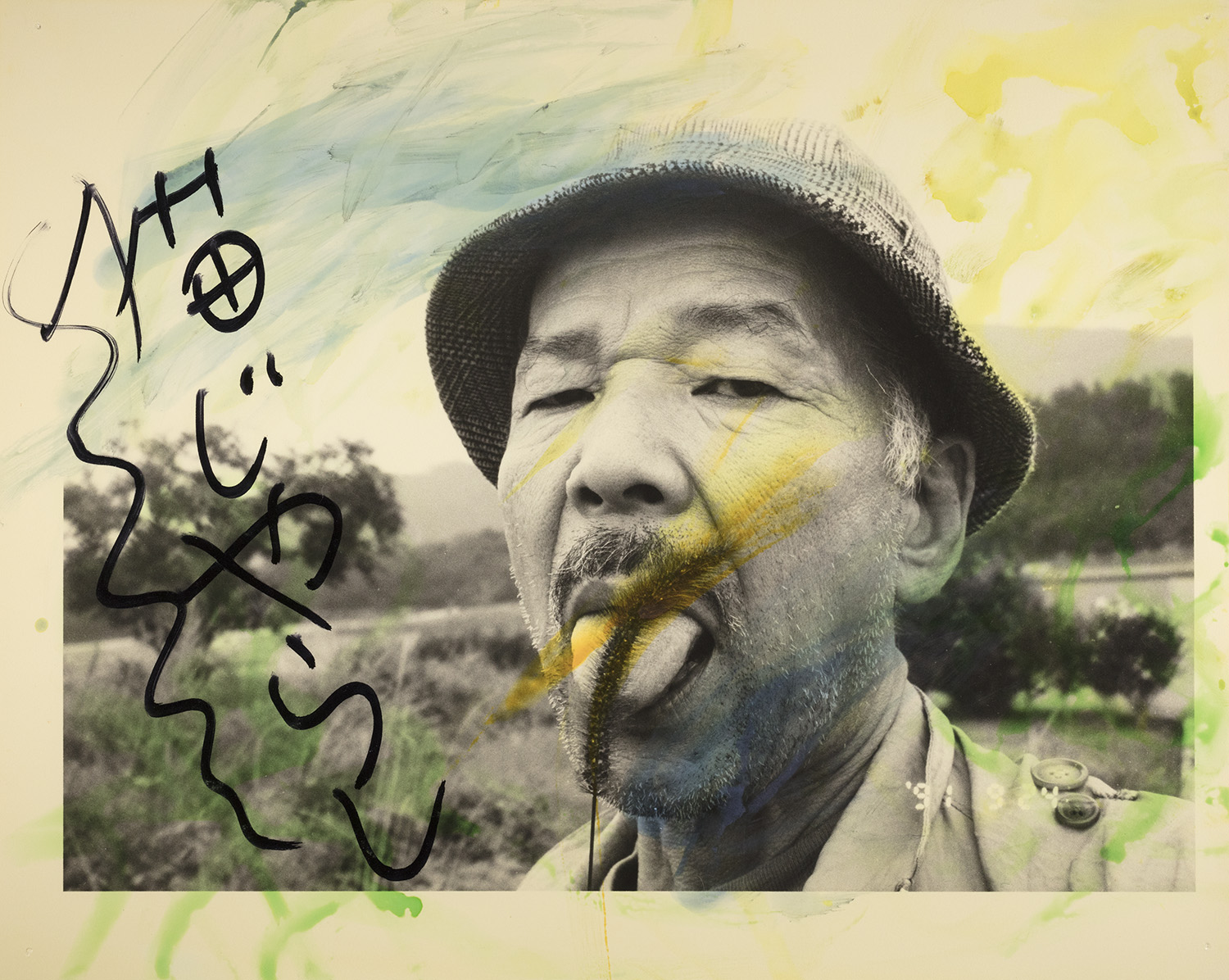
Credits
All images courtesy the Masahisa Fukase archive

